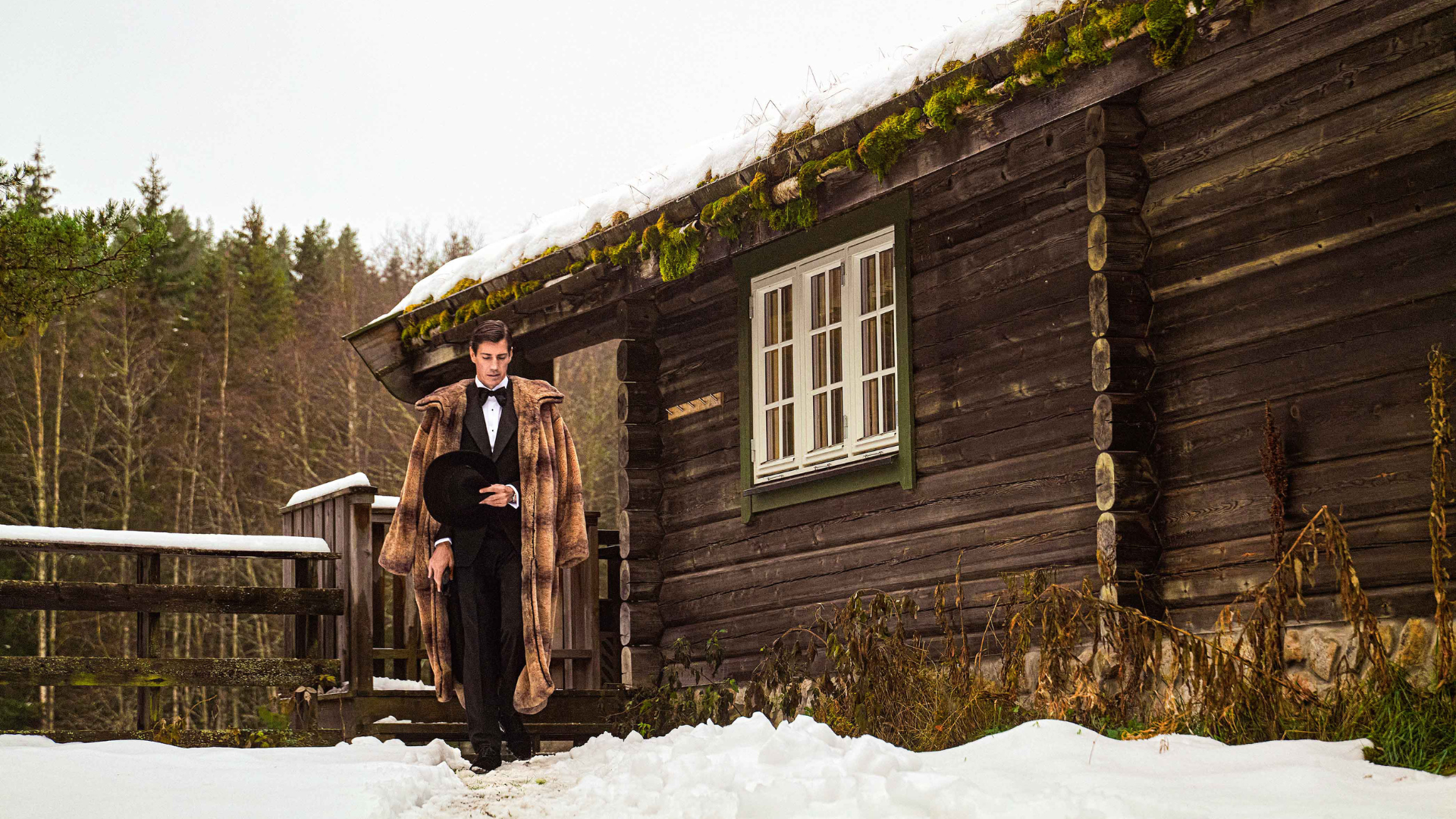Italy men's fashion: from Pitti Uomo to Milan Fashion Week
Tracing the legacy and innovation of Italian menswear: from Pitti Uomo's timeless themes to Milan's runway revolution and the renaissance of iconic fashion houses.

The Fall/Winter 2024-25 season kicked off on Tuesday, January 9, opening with a week of men’s fashion in Italy. The first stop is in Florence for Pitti Uomo, the world’s leading menswear show, whose theme this year, ‘Time’, is reflected in the ‘Pitti Time’ slogan. The event will showcase a host of prestigious special guests and will end on January 12. It will be immediately followed by Milan Fashion Week, ending on January 16 and featuring 21 runway shows, with, among others, come-backs by Fendi and Gucci.




Milan Fashion Week Men will take over the baton from Pitti Uomo, opening on January 12 with Gucci. The Italian luxury label is returning to the menswear calendar with the first collection designed by Sabato De Sarno. On the same day, another first, the show by Stone Island, the directional, high-tech outerwear brand bought by the Moncler group in 2021, an event that is set to be quite dazzling. Also back on the Milanese calendar, among others, are Fendi, back in Milan after presenting its men’s collection in Florence last June; and K-Way, showing for the winter season only.
Like last season, Milan Fashion Week Men will feature a reduced programme with 22 runway shows, including a double one by Giorgio Armani and shows by top Italian names like Giorgio Armani, Dolce & Gabbana, Prada and Zegna, plus a plethora of presentations and special events.
What to expect from the upcoming MFW Men's FW24
Sabato De Sarno's Gucci menswear
The show is highly anticipated as Sabato De Sarno's collection could indicate the direction that Gucci, primarily, and men's fashion as a whole will take in 2024.
Etro's tailoring atelier
For this season, Etro will unveil its new store on Via Montenapoleone, offering the brand's first made-to-order tailoring service for men.
Stone Island's runway debut
Stone Island will make its runway debut in Milan. The event will not follow the traditional fashion show format; instead, the brand will attempt to present an alternative model, in line with its always-innovative nature.
Pronounce, the indie brand, arrives in town
After walking the runway at LFW, the Chinese brand Pronounce makes its debut in the Milanese schedule. The brand creates pieces inspired by Chinese tradition, characterised by a very contemporary cut.
Todd Snyder presents his collection for Woolrich
After unveiling his FW24 collection in Florence, Todd Snyder will showcase his collaboration with Woolrich in Milan. Will 2024 be










Milan Fashion Week, initiated in 1958 as part of Italy's strategy to dominate global fashion, initially leaned towards womenswear but progressively incorporated menswear, reflecting the evolving fashion industry. This shift marked men's fashion as a vital part of the luxury market. The 1980s witnessed a pivotal moment for men's fashion as iconic Italian designers like Giorgio Armani, Versace, and Dolce & Gabbana emerged, revolutionizing menswear with a blend of luxury and casual elegance, thus establishing Milan as a menswear hub. As the world entered the 1990s and 2000s, Milan Fashion Week's scope broadened, becoming a melting pot of international fashion. This era saw diversification in men's fashion, moving from traditional tailoring to more experimental designs. In recent decades, the event has embraced modern challenges, integrating digital technology and focusing on sustainability in fashion.


















Highlights to remember
Versace's 1991 runway revolution: In a groundbreaking moment at the Versace show in 1991, supermodels confidently strode down the runway side by side to George Michael's "Freedom!", symbolizing a powerful blend of freedom and glamour. This iconic scene remains one of the most memorable in Milan Fashion Week's history.
Gucci's renaissance under Tom Ford: Tom Ford's artistic direction for Gucci's 1995 Fall-Winter collection marked a turning point. The collection's bright colours and sumptuous fabrics led to a significant boost in Gucci's sales, showcasing Ford's profound impact on revitalizing the brand.
Tribute to Gianni Versace: The "Viva Versace" tribute show, organized by Donatella Versace shortly after Gianni Versace's tragic death, stands as a poignant moment in fashion history. The emotionally charged show, with supermodels like Naomi Campbell, paid homage to Gianni's legacy, underlining his immense influence on fashion.
The 1990s nostalgia: The 1990s saw a resurgence in fashion, characterized by the contrasting themes of minimalism and maximalism. Designers like Neil Barrett and Massimo Giorgetti drew inspiration from this era, creating collections that reflected its distinct aesthetic, ranging from minimalist utility-focused designs to bold, maximalist grunge-inspired looks.











